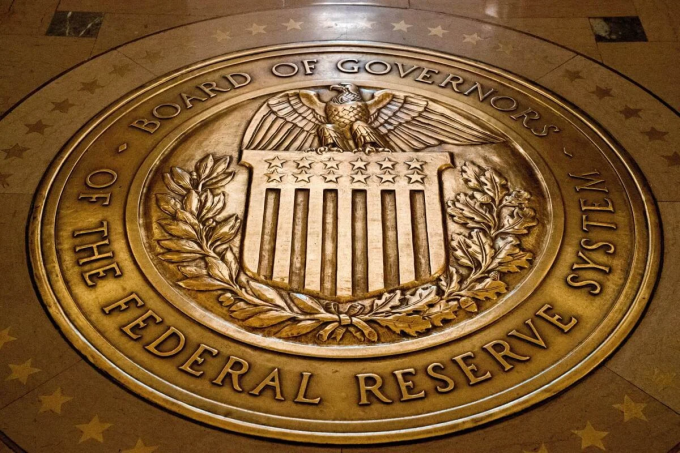As U.S. bank reserve balances fall toward what analysts describe as a “danger zone,” capital is quietly rotating back into major crypto assets. Bitcoin (BTC) and Ethereum (ETH) have seen a combined $1.8 billion in net inflows over the past two weeks, according to CoinShares data, signaling that digital assets are once again becoming a preferred hedge amid tightening liquidity in the traditional banking system.
Liquidity Stress and Market Positioning
Federal Reserve data show that aggregate bank reserve balances have declined to roughly $2.93 trillion, approaching the lower threshold identified by market strategists such as Adam Livingston as a level that could strain interbank liquidity. Historically, when reserve balances tighten, risk assets tend to sell off—but this time, crypto markets are showing resilience.
Bitcoin rose 4.2% over the past week to trade near $68,400, while Ethereum gained 3.1% to about $2,520. Analysts attribute this divergence from broader market caution to growing expectations that the Fed will pause quantitative tightening earlier than planned.
“Crypto is behaving less like a risk asset and more like a liquidity hedge,” said Daniel Cho, digital asset strategist at Nomura Digital. “Investors are positioning ahead of a potential policy pivot that could reprice real yields lower, which benefits non-yielding assets like Bitcoin.”
Institutional Allocation and ETF Momentum
Institutional data reinforce the shift. The Bitcoin spot ETF complex, launched earlier this year, saw $640 million in fresh inflows last week—its strongest showing since June. Ethereum-based funds also attracted $210 million, suggesting renewed confidence in Layer-1 infrastructure plays as staking yields stabilize above 4.5% APR.
Meanwhile, derivatives markets are showing a bullish tilt. Bitcoin’s 3-month futures basis on CME climbed to 8.1% annualized, up from 5.4% in early October, signaling rising demand for leveraged exposure.
Investor Psychology and Strategic Positioning
The resurgence of crypto flows also reflects shifting investor psychology. In the 2022–2023 tightening cycle, higher rates crushed speculative assets. But in 2025, digital assets are increasingly viewed as a parallel liquidity system—one that could outperform if monetary tightening pushes traditional markets toward stress.
“Crypto is now playing the role gold used to play in past cycles,” said Ava Mitchell, CIO at Horizon Alpha. “It’s not about yield—it’s about optionality when the financial system feels brittle.”
Looking Ahead: Macro Risks and Digital Safe Havens
If reserve balances continue to decline below $2.8 trillion, the Federal Reserve may face renewed pressure to slow its balance sheet runoff, potentially reinforcing the bid for Bitcoin and Ethereum. Yet volatility remains a key risk. A sharp liquidity shock could still trigger short-term drawdowns before any sustainable rally.
For investors, the message is nuanced: digital assets are no longer just speculative trades—they are increasingly becoming instruments of macro hedging in an era of structural liquidity uncertainty.













Leave a comment